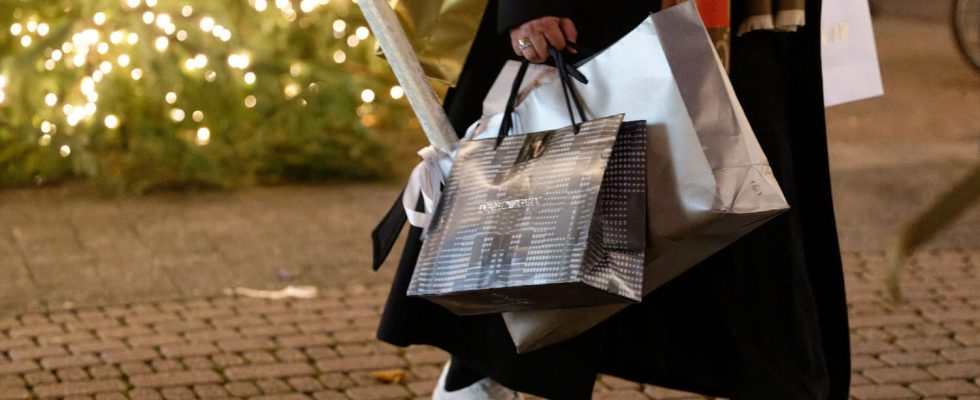Between Black Friday, Christmas, sales and private sales, it’s hard to resist the sirens of marketing. The desire to buy can be overwhelming and sometimes defy all logic. To put an end to these consumer impulses, simply follow a simple five-point method. Let’s go !
It’s a very poetic acronym for learning to resist compulsive purchases. Because keeping the budget for the real gems is better. To get there, you just need to let yourself be guided by a method of reflection called KISS. The blogger Marie Duboin and the psychologist Herveline Giraudeau introduced this system in their work Responsible consumption abuse makes you happy. It consists of a series of five questions allowing you to reduce your clothing consumption (and everything else) to items that are actually worth the cost. A good resolution to put in place without restriction at the start of 2024. But then, why KISS?
B, for Need
Before buying that super trendy sweater or that pair of shoes sold by a fast fashion brand, it is important to ask yourself a simple first question: What need does this purchase meet for me? ? Be careful not to confuse wanting something with needing it. If the answer is “None“, put this article down, and move on.
I, for Immediate
Why do I need to buy this garment right away ? If the acquisition you’re itching for is not essential to your wardrobe and can wait a day, a week or a month, then be patient. Who knows, it might have dissipated within a few days. No need to immediately give in to each of your fashion desires.
S, for Similar
If the answer to the first two questions was yes, then the purchase is probably necessary. But still check that you don’t already have a product that would perfectly meet the criteria you’re looking for. This is where the third miracle creed comes in: buy only if you don’t have anything similar. Do I already have the same top in another color? The similar jacket in an almost identical color? A scarf made from a similar material? If the answer is yes, no need to have it in duplicate, we forget!
O, for Origin
During this step, you must analyze the article without putting any affect on it. Where does it come from, under what conditions was it produced, how are the workers who made it treated? If the answers do not seem acceptable to you, it is better to avoid the expense and invest in a more ethical object.
U, for Useful
Last question, and not least: What will this purchase do for me? ? Will my new handbag go many months without coming out of my closet? Will this pair of sports sneakers allow me to run faster than the ones I already use every day? Not sure? So, we rest and focus on acquisitions that make sense.
